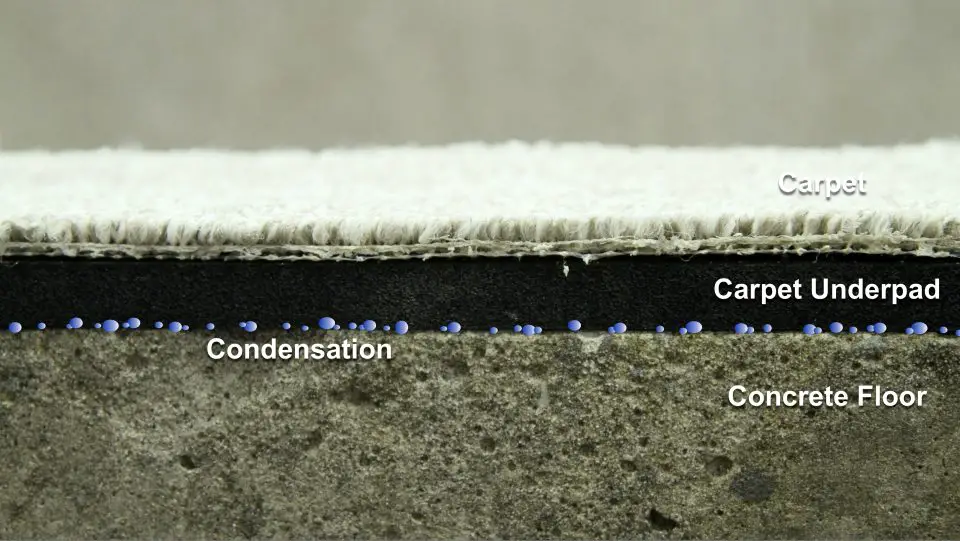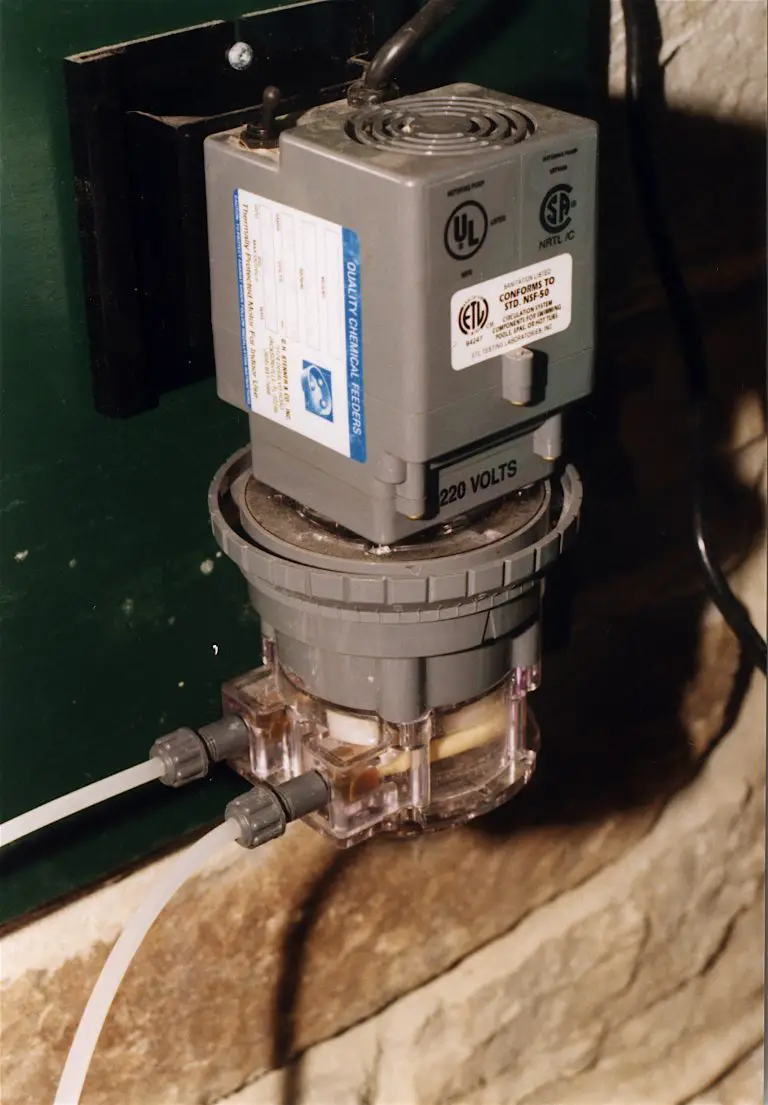
Is your house smelling musty now that hot, humid weather has arrived? I often get seasonal questions at this at this time of year from homeowners with basements or slab-on-grade houses. The true solution to this problem is often surprising, too.
Q: What can I do about sky-high summertime humidity in our house? It’s 35 years old and sits entirely on a concrete pad. Indoor air quality is fine in winter, but in the warm months we smell mildew in the carpeting and over the whole place if we don’t run a dehumidifier constantly. My plan is to dig around the perimeter of the house and install 2″-thick x 12″-wide pieces of rigid foam against the sides of the concrete foundation pad, then put the earth back. Will this work?
A: I’m sorry to say that your plan probably won’t do much good. In fact, I’m certain it won’t. That’s because the source of your trouble is almost certainly the cool temperatures of the soil underneath your concrete floor, not along the sides. It’s the cold floor temperatures that’s causing the floor to become cool enough to cause warm, moist summertime air to condense on the concrete, forming droplets of liquid moisture within the carpet.
This is the same dynamic that makes basement floors especially prone to mold and mildew during summer, and it’s always worse when carpet is installed directly on a concrete floor. My theory about your situation is especially likely given the age of your home. When contractors installed slab-on-grade concrete floors like yours in the early 1980s and 90s, they rarely put meaningful amounts of insulation underneath the concrete. Many homes have no insulation under the slab at all, so the floor is picking up all the coolness of the earth. It’s this coolness that’s triggering condensation, and the air is the source of the moisture. The video animation below shows this dynamic in action.
- Video watch time = 1 minute
So, what can you do? The trick is lowering indoor humidity levels, and though a dehumidifier will do this, air conditioning is more efficient. It pulls more moisture out of the air for a given amount of electricity consumed than your dehumidifier, and AC doesn’t add extra heat to your home at a time of year when you probably don’t want more heat. In fact, it makes things cooler, of course.
If you don’t have a heating system built into your concrete slab, you could add sheets of rigid foam insulation on top of the floor before new floor covering goes down, but that’s a big job best left for major renovation time. Even removing the carpet and replacing it with hard-surface flooring would help. The presence of carpet allows the air to become cooler in contact with the concrete, encouraging much more condensation. The carpet also provides food and a friendly environment for mold and mildew to grow.
One of the best ways to solve the summertime mustiness is simple. Installing the right kind of basement subfloor tiles on the concrete before finished flooring goes down can make all the difference. DRICORE subfloor panels are widely available and have a thick plastic layer on the underside and work very well in applications both above ground and below.












